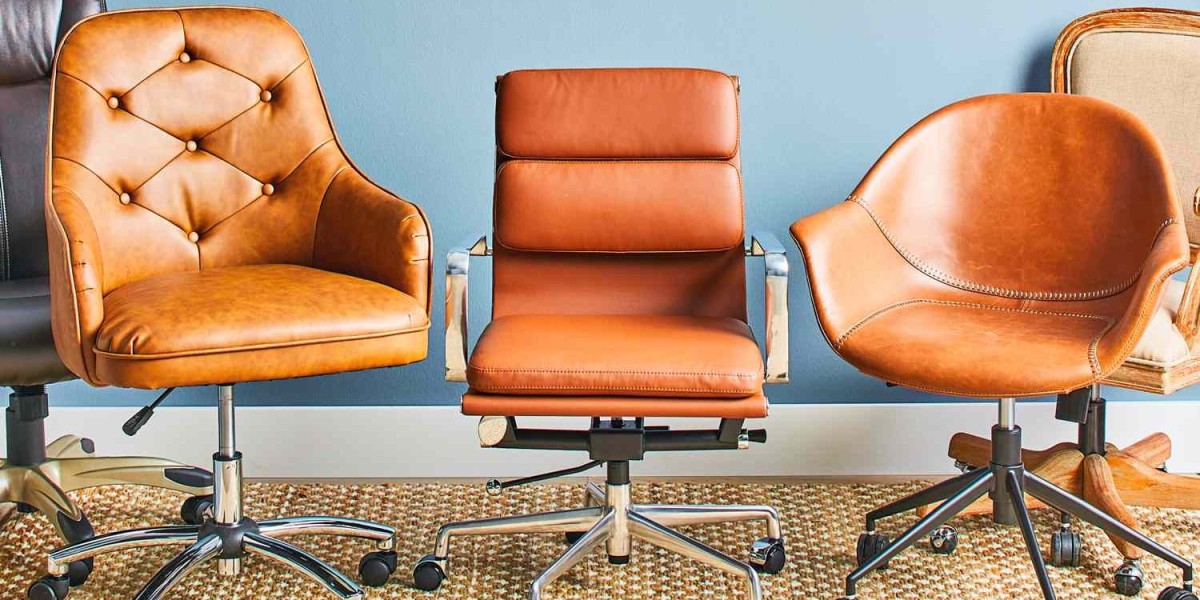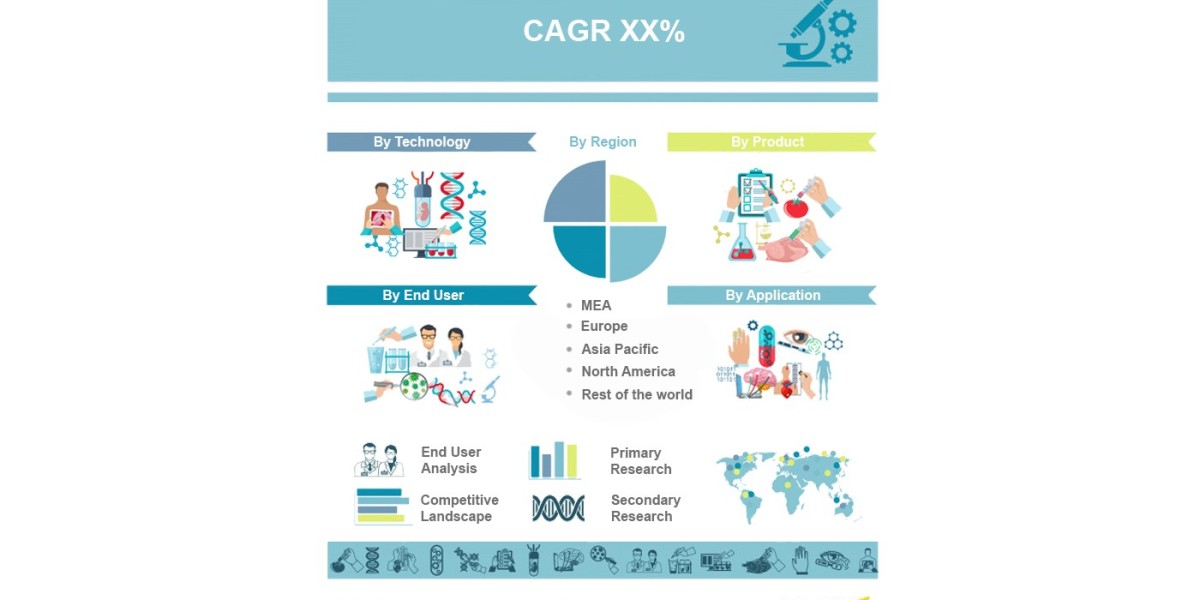In today's diverse workplace, employees have varying work styles, and the right office furniture can help accommodate these differences. By choosing furniture tailored to specific tasks, preferences, and working environments, companies can enhance productivity, collaboration, and employee satisfaction. This guide explores how to choose the best office furniture for different work styles, ensuring a harmonious and efficient workspace.
1. Collaborative Work Style
A. Open and Flexible Seating
- Description: Employees with a collaborative work style thrive in environments where they can easily communicate and work with others. Open spaces and flexible seating arrangements allow for spontaneous discussions and teamwork.
- Furniture Solution: Opt for modular furniture that can be easily rearranged, such as large communal tables, movable chairs, and lounge seating that encourage group work. Benching systems and shared desks also promote open communication.
- Tip: Use low or no partitions between workstations to encourage interaction and easy collaboration among team members.
B. Breakout Areas for Team Discussions
- Description: Breakout areas offer a more informal space for teams to meet, brainstorm, and collaborate outside traditional workstations.
- Furniture Solution: Furnish breakout spaces with comfortable seating, such as sofas, armchairs, or beanbags, paired with small tables for laptops or notebooks. Modular lounge seating can also be rearranged for different group sizes and purposes.
- Tip: Include whiteboards or mobile screens in these areas to facilitate brainstorming and idea sharing.
2. Focused and Independent Work Style
A. Private Workstations with Adjustable Desks
- Description: Employees who prefer working independently benefit from a quiet, distraction-free environment that allows for deep concentration and focus.
- Furniture Solution: Provide private workstations or cubicles with height-adjustable desks to accommodate different postures. Adjustable sit-stand desks give employees the flexibility to switch between sitting and standing, improving comfort and focus.
- Tip: Include personal storage solutions like filing cabinets or under-desk drawers to help maintain an organized and clutter-free space.
B. Soundproofing and Acoustic Panels
- Description: For those who need to minimize distractions, noise-canceling features are critical to maintaining focus and productivity.
- Furniture Solution: Choose office furniture with sound-absorbing materials, such as upholstered chairs and acoustic panels. Privacy screens and partitions with sound-dampening qualities can also help create quieter work areas.
- Tip: Add small private rooms or phone booths for employees who need complete silence or conduct phone calls.
3. Mobile and Flexible Work Style
A. Lightweight and Portable Furniture
- Description: Employees with a mobile work style often move between different areas of the office, meeting rooms, and collaborative spaces.
- Furniture Solution: Opt for lightweight, portable furniture, such as mobile desks, chairs with wheels, and foldable tables, that can be easily moved around. Adjustable laptop stands or movable sit-stand workstations give employees the freedom to set up their workspace anywhere.
- Tip: Consider desks with built-in cable management and charging ports to ensure seamless transitions between different workspaces.
B. Hot-Desking Options
- Description: For employees who don't have assigned desks, a hot-desking arrangement provides the flexibility to work from any available workstation.
- Furniture Solution: Choose uniform, adaptable desks with minimal personalization to suit different users. Hot desks should have easy access to power outlets, and chairs should be ergonomically adjustable to fit varying preferences.
- Tip: Provide personal lockers for employees to store their belongings when not using a dedicated workspace.
4. Creative Work Style
A. Creative and Inspirational Spaces
- Description: Creative employees often thrive in environments that inspire innovation and out-of-the-box thinking. Open, visually stimulating spaces with plenty of flexibility are key.
- Furniture Solution: Invest in multifunctional furniture, such as large, open tables for brainstorming and group work, as well as casual lounge areas for informal meetings. Bold colors, unique designs, and creative layouts foster an environment conducive to inspiration.
- Tip: Include writable surfaces, such as whiteboard walls or tables, that allow employees to jot down ideas spontaneously.
B. Flexible Storage Solutions
- Description: Creative work often involves various tools, materials, and resources that need to be organized and easily accessible.
- Furniture Solution: Use shelving units, rolling carts, or modular storage systems that allow for flexible organization. These systems should accommodate everything from design supplies to art materials and prototypes.
- Tip: Open storage solutions can also double as visual displays for current projects or creative work, making the office more dynamic and inspiring.
5. Hybrid or Remote Work Style
A. Home Office Essentials
- Description: Employees who work remotely or in a hybrid model need an office setup that seamlessly transitions between home and office environments.
- Furniture Solution: For hybrid workers, provide compact and ergonomic home office furniture that doesn’t compromise comfort. Sit-stand desks, ergonomic chairs, and space-saving desks are essential for home offices.
- Tip: Consider furniture that offers easy storage, such as foldable desks or wall-mounted shelves, to maximize space at home.
B. Hybrid Office Solutions
- Description: In hybrid workplaces, employees may only spend part of their time in the office, so creating flexible workstations that cater to their needs is important.
- Furniture Solution: Equip shared office spaces with docking stations, adjustable chairs, and modular desks that can be easily personalized. Provide hot desks or hoteling systems to accommodate varying schedules.
- Tip: Ensure that hybrid workspaces have enough power outlets and technology support, such as docking stations, to allow employees to seamlessly connect their devices.
6. Leadership and Executive Work Style
A. Executive Desks and Seating
- Description: Leaders and executives require workspaces that reflect their role and accommodate both focused work and meetings.
- Furniture Solution: Choose large executive desks that provide ample workspace, along with high-end ergonomic chairs for maximum comfort during long work hours. High-back chairs with lumbar support and adjustable features are ideal for executives.
- Tip: Opt for furniture made from premium materials, such as wood or leather, to reflect the executive role and add a touch of elegance to the office.
B. Conference and Meeting Rooms
- Description: Leaders often need to host meetings, so their workspaces should include dedicated areas for formal and informal gatherings.
- Furniture Solution: Furnish executive offices with small conference tables or meeting areas, equipped with comfortable chairs and collaborative tools such as video conferencing technology or writable walls.
- Tip: Consider modular meeting tables that can be easily expanded or reduced, depending on the size of the meeting.
7. Wellness-Focused Work Style
A. Ergonomic and Active Seating
- Description: Employees who prioritize health and wellness at work benefit from furniture that promotes movement and physical well-being.
- Furniture Solution: Active seating, such as balance chairs, wobble stools, and sit-stand desks, encourages movement and supports healthy posture. Ergonomic chairs with lumbar support and adjustable features are essential to minimize strain.
- Tip: Provide options for standing workstations, treadmill desks, or areas with active seating to keep employees moving throughout the day.
B. Wellness Zones and Relaxation Areas
- Description: To support wellness, include spaces where employees can take breaks, meditate, or recharge.
- Furniture Solution: Furnish wellness zones with comfortable lounge chairs, floor cushions, or soft seating where employees can relax. These areas should be quiet, with calming decor and acoustic features that minimize noise.
- Tip: Incorporate biophilic design elements, such as planters or nature-inspired decor, to create a calming and restful atmosphere.
Conclusion
Choosing the right office furniture for different work styles ensures that employees are supported in their tasks and preferences, which in turn boosts productivity and satisfaction. Whether you’re designing spaces for collaboration, focus, creativity, or wellness, the key is flexibility and personalization. By selecting furniture that caters to individual work styles, companies can create a dynamic and adaptive workplace where everyone thrives.









